To better understand their electrical engineering curriculum, seniors in Engineering III are working together to rewire a non-functioning electric car that previous students built five years ago.
“Wiring an electric car is a great experience for them, and it also teaches them the basics of the curriculum,” Engineering teacher Rizalito Nicolas said. “I think a few years ago, the seniors short circuited the fuses, which caused the car to not work for a year, so we had to buy some parts to replace them, and rewire everything. That’s why once we got it working, I thought we could do this project every year, I just need to teach them [seniors] how to properly wire it.”
Before students could apply their knowledge, they studied different electrical diagrams and circuits needed to wire the electric car.
“Wiring can get very complicated, so having the diagrams itself will help us understand where everything is, and know exactly how it should look when we work on the car,” senior Joshua Yero said. “Wiring an electric car is going to be intriguing, since it’s different from what we usually do, so I’m definitely excited to see how it turns out.”
Color coding each different wire on their diagrams has helped some seniors better understand why each wire connects to a different part within the circuit.
“I found that it’s really easy to get confused if you don’t color code your diagram neatly,” senior Abigail Battaglia said. “It makes it difficult to trace wires back to their source and to where they need to be connected in the circuit, which is not great if you need to replicate the diagram on an actual circuit. Overall though, figuring out where each wire leads to is pretty easy, you just need to keep track of your positive and negative wires.”
By participating in this hands-on project, many students are looking forward to actually working in an engineering environment later on.
“I am definitely excited to be working on the wiring,” Battaglia said. “I find it very interesting, as it isn’t something you get to do too often. I haven’t had experience doing something like this before, but I’ve always had an interest in electrical circuits, and this is the first time I’ve gotten the opportunity to apply my knowledge in a real-life scenario.”
Nicolas hopes students apply all of the knowledge they have been studying to benefit themselves and will be able to use it in emergencies.
“I think this is a good skill that they [students] can take with them for the rest of their life,” Nicolas said. “They need to wire up the whole car, meaning that they properly connect all the wires to all the instruments and to the battery so that it works properly. I hope these students feel accomplished when they take something that isn’t working, and make it work.”

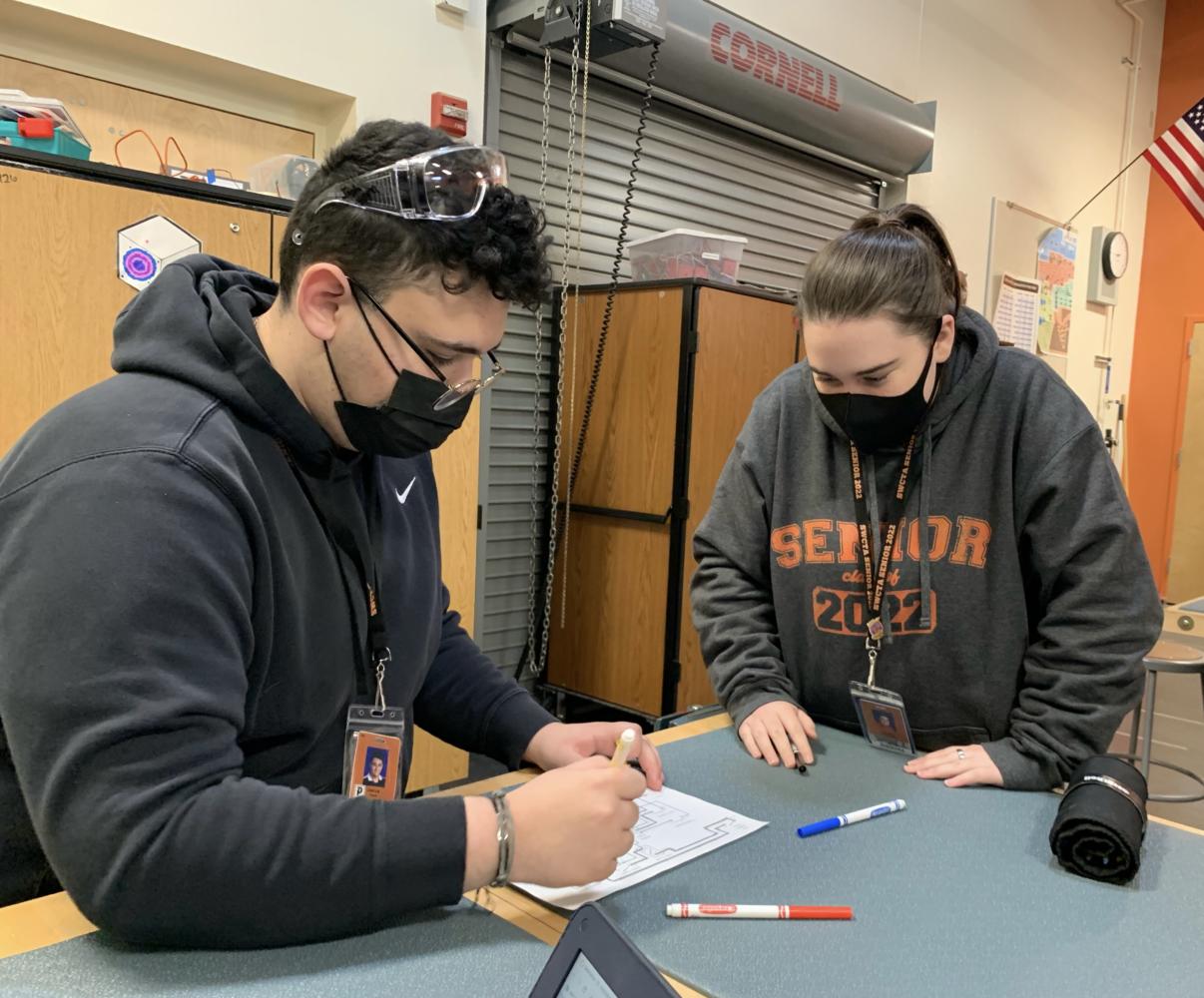

![Weighing her options, senior Allyana Abao decides between going on a practice drive or calling an Uber. Though unlicensed, Abao has considered driving to be a significant milestone of teen independence despite alternatives that provide much easier solutions.
“You're able to be independent and not rely on others,” Abao said. “You're able to get a job, get things that you need, go places you need to go. I have so many places that I want to go to and I ask [my family] for so much. I want to be independent to where they know that I can do things on my own, so they know that they don't have to be there for me.”](https://southwestshadow.com/wp-content/uploads/2025/10/IMG_2922-1200x900.jpg)
![Looking at the board, former BSU secretary Christina Altaye begins to prepare for BSU’s second year of Club Feud. This year, “Are You Smarter Than a Ninth Grader?” will be replacing this event. “I think it’s a fun change [to Club Feud],” BSU Activities Director Hellen Beyene said. “[I think] it’s always fun to do something new and different.”](https://southwestshadow.com/wp-content/uploads/2025/10/Screenshot-2025-09-29-11.06.43.png)

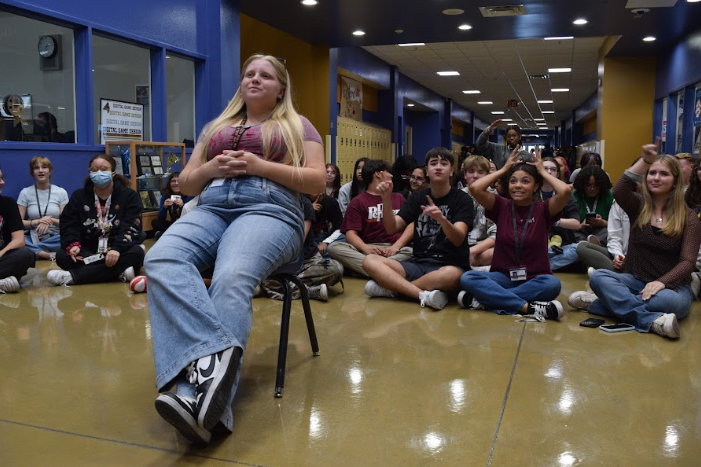
!["I will be attending Trunk or Treat [for FCCLA]" junior Crystal Li said. "We're gonna use Mr. Harbeson's car, and we will be [hosting three different activities]."](https://southwestshadow.com/wp-content/uploads/2025/10/IMG_0980-1200x900.png)
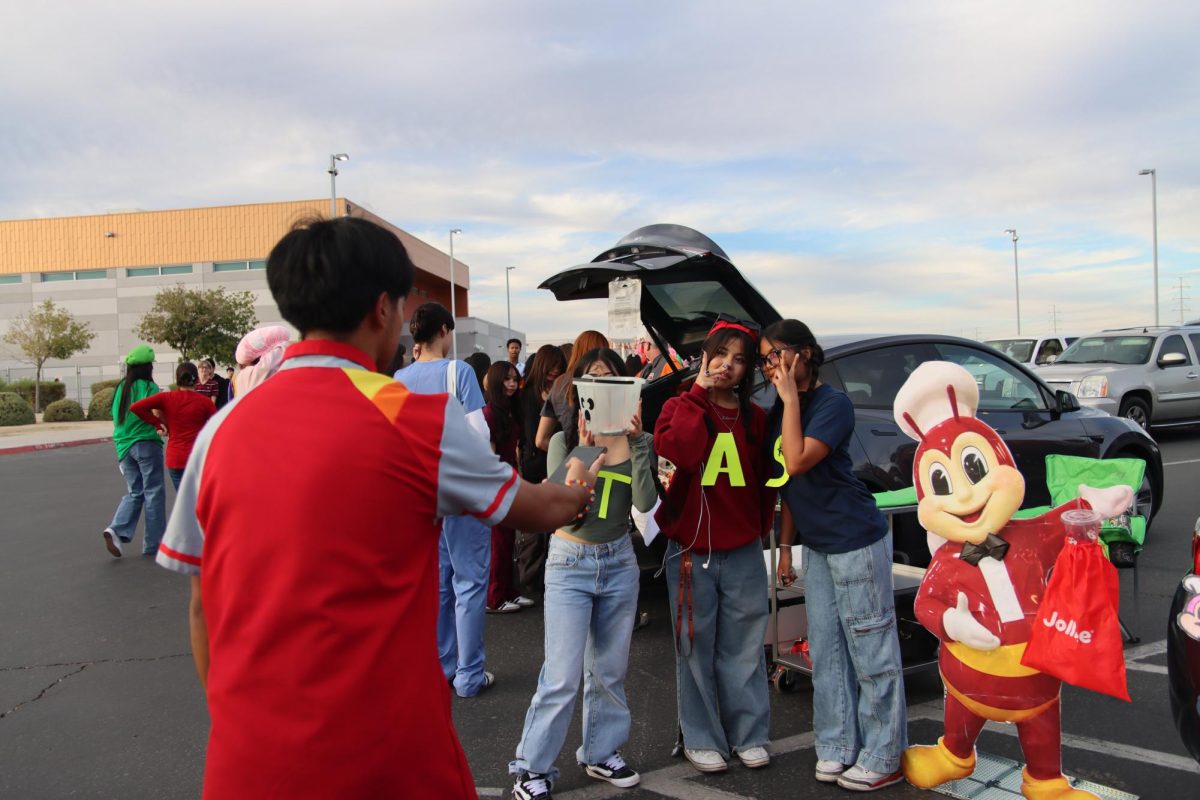
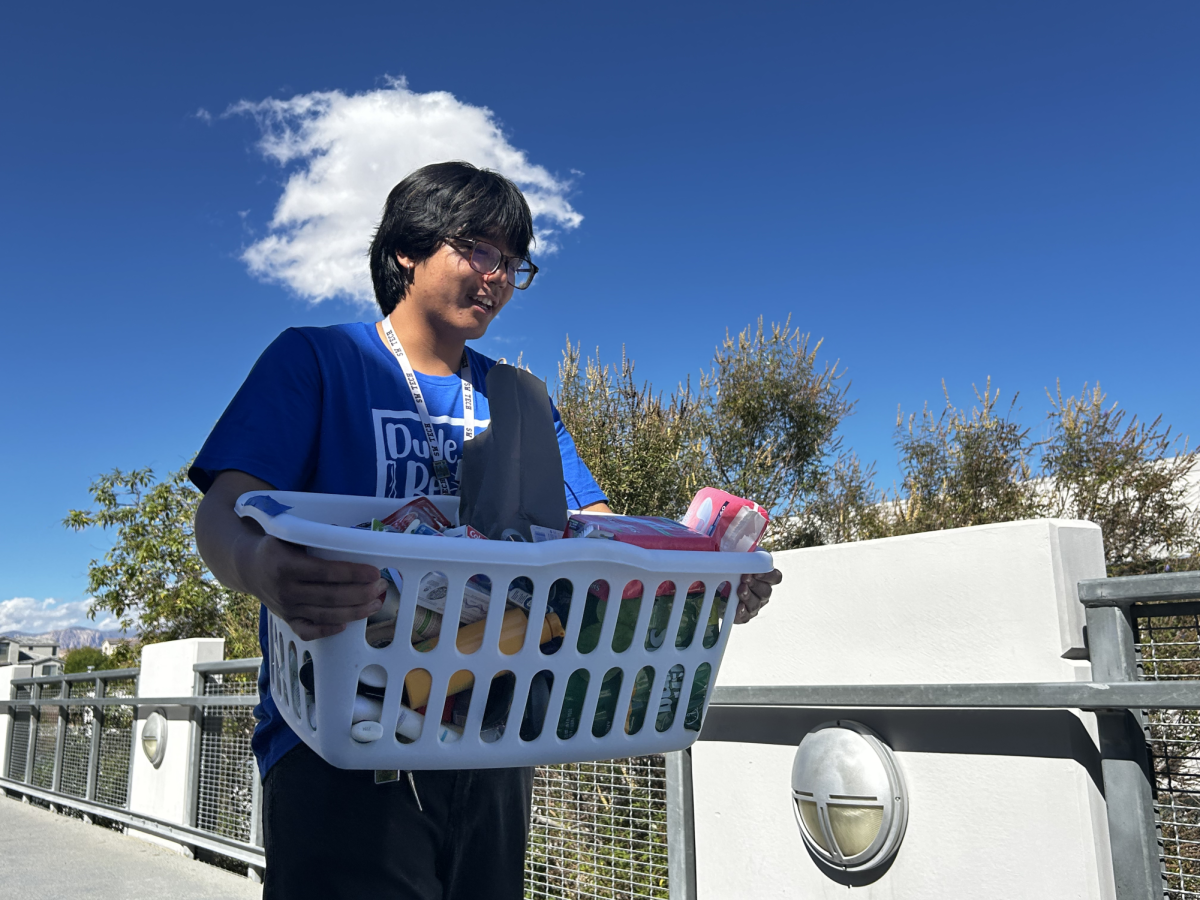
![Displaying a QR code for students to scan, the flyer allows students to sign up and learn about their desired colleges as they visit throughout the school year. Many schools have had additional presentations for students to learn more about what they offer. “For me, I’m interested in criminal justice,” junior Zion Jefferson said. “I know that UNLV and Nevada State University have this major. But, [the college fair] is going to be beneficial, so I can see what other schools offer as well.”](https://southwestshadow.com/wp-content/uploads/2025/10/IMG_2721-1200x900.jpg)
![Working in the Student Success Office, Attendance Secretary Lordis Depiazza inputs a student’s absence excuse note. Students are required to bring an excuse note to the attendance office within three days of any absence. “Reminding students that being in school is important because it reflects towards your grades and being able to do any activities with the school,” Depiazza said. “[It] seems to get the students' attention about wanting to be in school.”](https://southwestshadow.com/wp-content/uploads/2025/10/IMG_8313-1200x800.jpg)
![Arranging the fabric on the floor for a new project, senior Sapphyre-Ann Leung plans out her attire for the next deadline. With the recent closures, students now had limited resources and less margin for error with the fabric and materials they had in stock while trying to reach strict deadlines. “Joann’s had a lot of high-end fabric for our fashion competitions,” Leung said. “We couldn’t just buy ten yards of fabric from Hobby Lobby or Walmart. Since [Joann Fabrics] is no longer open, we have to buy items online, which is way more expensive.”](https://southwestshadow.com/wp-content/uploads/2025/10/IMG_0038-1200x800.jpg)
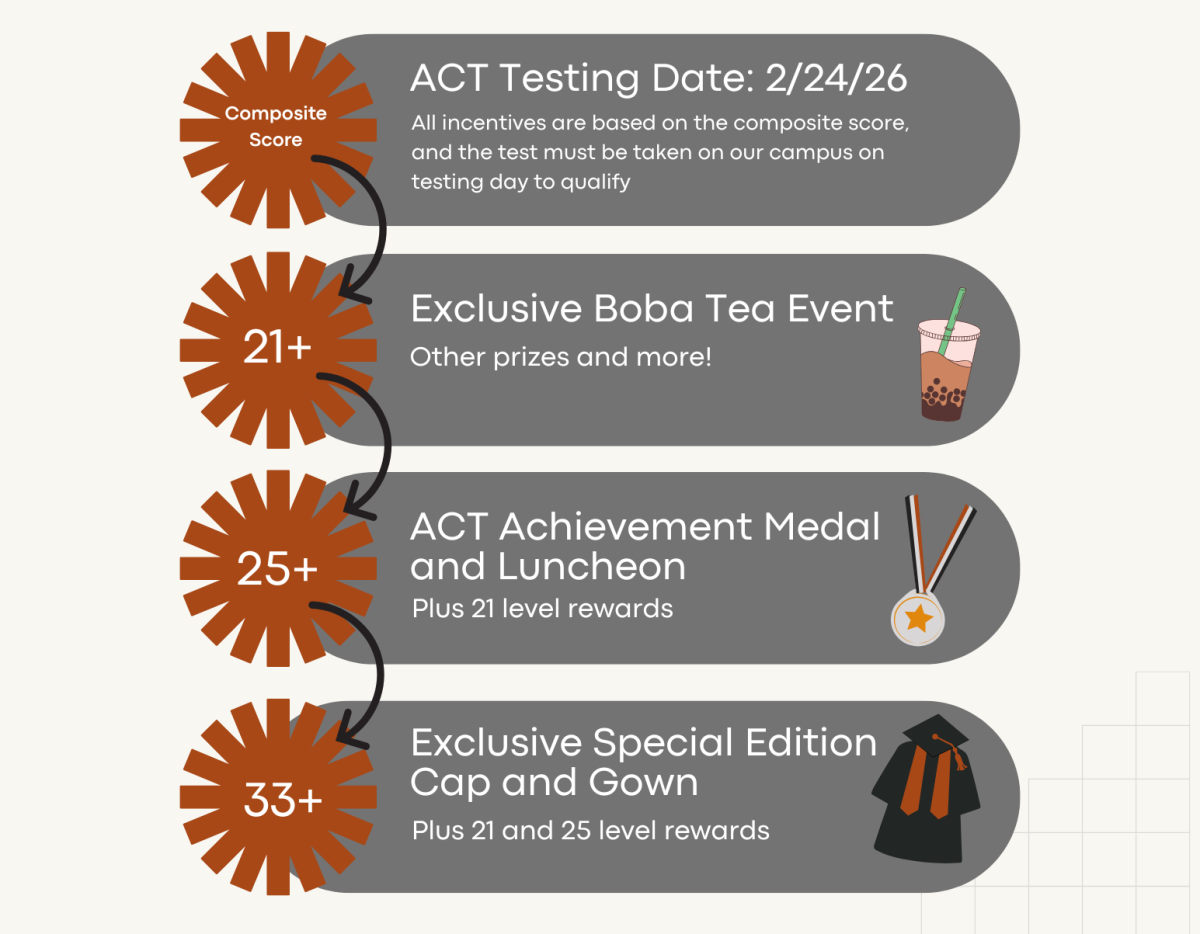
Makoa • Feb 11, 2025 at
The cart was rewired and is working from the effort of two Engineering II students and Suba’s teacher aid earlier this year